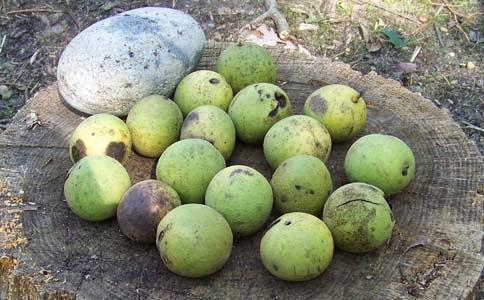This question has been on my mind this week as we have have four injuries. A chicken was attacked by puppies, a cow was gored in the udder, a dog was bitten in the neck and another dog was sliced by barbed wire. When you are an hour or more from a vet, you have to fix it yourself. This is all new to me, so I have done more watching and learning with a little helping.
What I have observed:
Watch the animal to see how they are acting. Sometimes they take care of it themselves. If they need care, provide it but let nature do the most healing. If the animal is severely injured and cannot be helped successfully, put it down to ease the suffering. This part of the adjustment has been pretty hard. I am a total softie and want to baby everything, then I have to remember they are work animals and not pets. It doesn't mean you don't love them, just remember the purpose.
Puncture hole to the neck:
For this wound, I cleaned the area with warm water and a clean rag. There was a bit of blood, so I let the blood clean out the wound. For blood clotting and wound control, I packed the wound with a poultice of plantain leaves and let it stay for about an hour. The poultice stopped the bleeding and disinfected the wound. We used essential oils for pain control and to act as a triple antibiotic. They were Frankincense, Lavender, and Oregano. With the blood clotted, there was no need to cover it.
Injured chicken:
Mountain savory and Frankincense were used for pain and healing.and we put her in the brooder to rest. Once she got herself out, we have just kept an eye on her.
Barbed wire slice:
Olive oil and Helichrysum Essential Oil to the wound and let her rest. The plan is to watch for infection and let her heal.
Any suggestions from fellow homesteaders out there are welcome. Animals are definitely a new thing to me! Thanks for reading, and Happy Homesteading!
What I have observed:
Watch the animal to see how they are acting. Sometimes they take care of it themselves. If they need care, provide it but let nature do the most healing. If the animal is severely injured and cannot be helped successfully, put it down to ease the suffering. This part of the adjustment has been pretty hard. I am a total softie and want to baby everything, then I have to remember they are work animals and not pets. It doesn't mean you don't love them, just remember the purpose.
Puncture hole to the neck:
For this wound, I cleaned the area with warm water and a clean rag. There was a bit of blood, so I let the blood clean out the wound. For blood clotting and wound control, I packed the wound with a poultice of plantain leaves and let it stay for about an hour. The poultice stopped the bleeding and disinfected the wound. We used essential oils for pain control and to act as a triple antibiotic. They were Frankincense, Lavender, and Oregano. With the blood clotted, there was no need to cover it.
Injured chicken:
Mountain savory and Frankincense were used for pain and healing.and we put her in the brooder to rest. Once she got herself out, we have just kept an eye on her.
Barbed wire slice:
Olive oil and Helichrysum Essential Oil to the wound and let her rest. The plan is to watch for infection and let her heal.
Any suggestions from fellow homesteaders out there are welcome. Animals are definitely a new thing to me! Thanks for reading, and Happy Homesteading!




